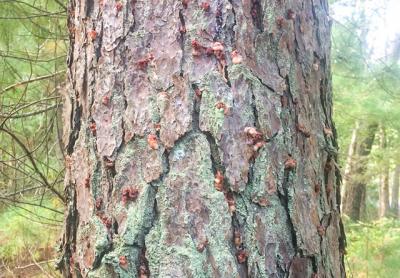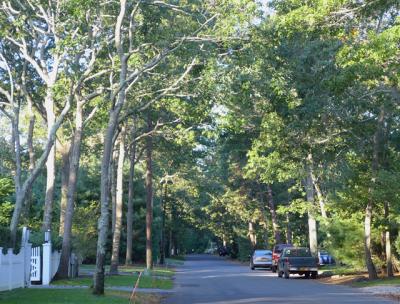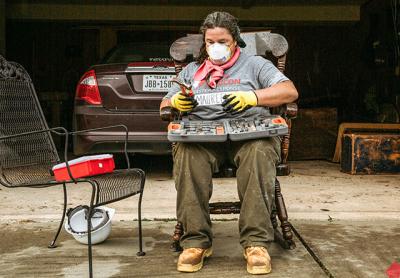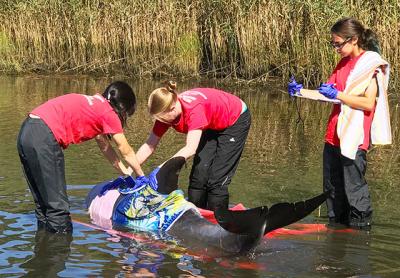'Yes' for Geothermal in Bridgehampton
'Yes' for Geothermal in Bridgehampton
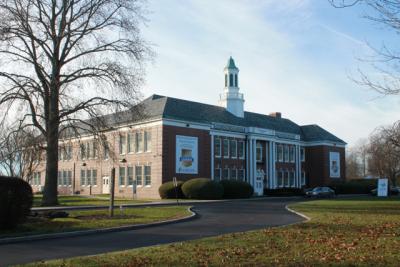
Voters in the Bridgehampton School District on Tuesday wholeheartedly approved a capital reserve expenditure for the installation of a new geothermal heating and cooling system as well as mandated repairs outlined in a five-year plan for the district’s buildings. There were 67 votes in favor and 13 against.
In December, Bridgehampton voters approved a $24.7 million bond to fund a 35,440-square-foot expansion and other renovations. They went back to the voting booths in May and authorized establishment of a geothermal and five-year plan reserve fund not to exceed $1.275 million.
Tuesday’s green light allows district officials to proceed with scheduling work on the new geothermal system as it prepares for the larger project, which is tentatively set to begin in April.

